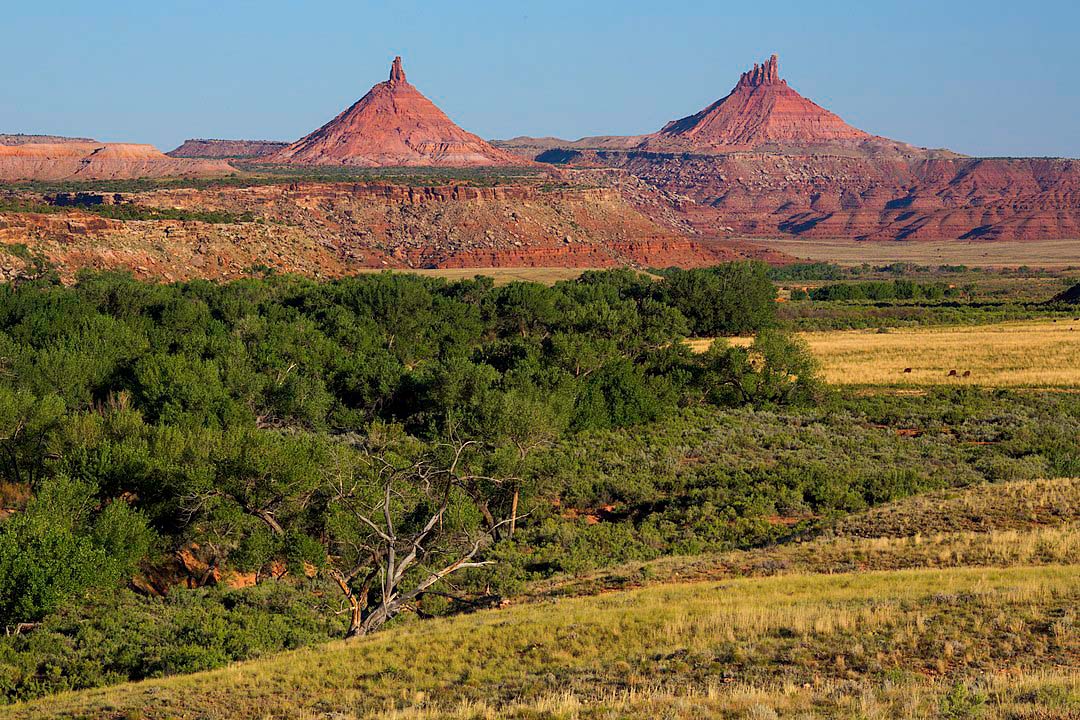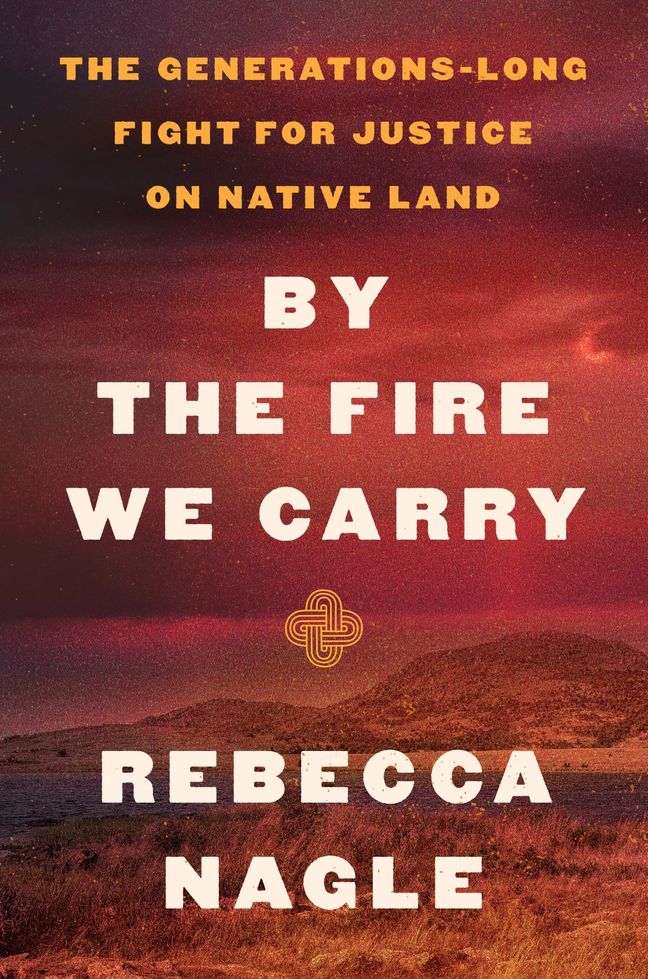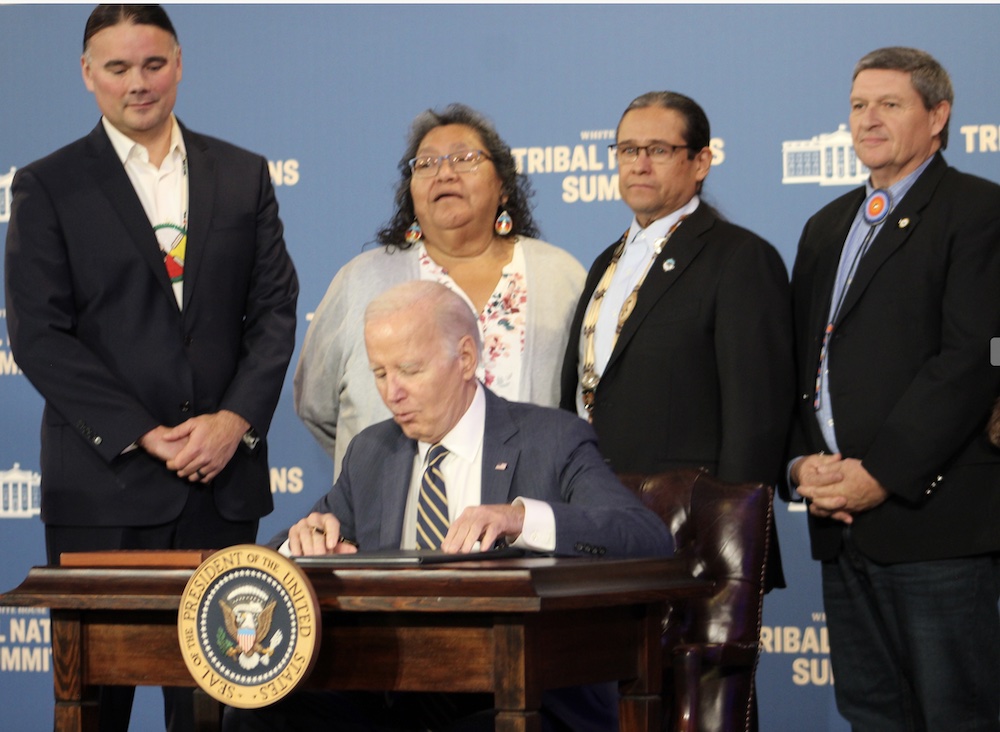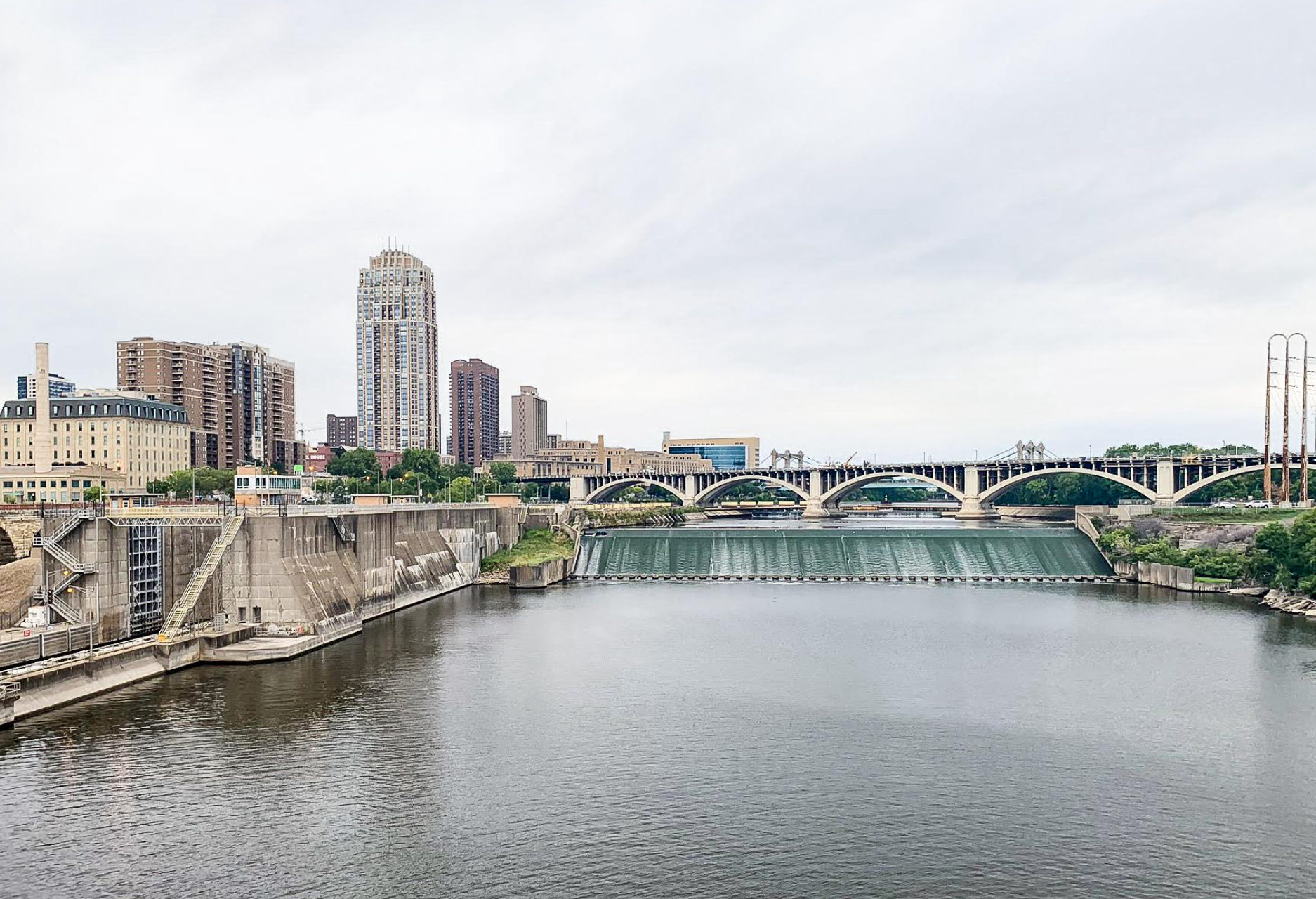You may be profiting financially from the war in Gaza. It's easier than you think to change that

Kenneth C. Zirkel (CC BY 4.0)Tents at the Gaza Solidarity Encampment at Brown University, 2024.
by Scott Plous
July 29, 2024
On October 7, 2023, Hamas fired at least 3,000 rockets into Israel and ordered thousands of men to breach Israel’s borders in a surprise attack. The immediate result is now well-known: the death of roughly 1,200 people and kidnapping of approximately 240 hostages.
What’s less well known is that defense industry stocks soared after the attack, adding $23 billion in market capitalization by October 9 and making quite a bit of money for shareholders—including U.S. colleges and universities with investments in companies that have supplied Israel with weapons, some of which have allegedly been used to commit war crimes documented by the United Nations Human Rights Council.
In response to the escalating death toll and humanitarian crisis in Gaza, thousands of student protesters around the world have joined in expressing a common message: We do not want our school to support or profit financially from this war. Instead, they’ve called on their schools to divest any holdings in companies supporting the war or occupation.
As I’ve written elsewhere, this call makes sense—not because divestment will end the war or put companies out of business, but because the call successfully draws attention to humanitarian concerns, and because it's aligned with the values that schools typically teach, including respect for the law, human rights, social justice, and the exercise of free speech.
But if it’s wrong for schools to profit financially from the war in Gaza, it’s also wrong for individuals to profit from it. Unfortunately, many people do exactly that without realizing it. For instance, employees and retirees often have retirement accounts with mutual funds that include stock in companies such as Boeing, General Dynamics, and Lockheed Martin, all of which make weapons used in Gaza.
If you would like to divest from military contractors that may be involved in war crimes, the safest way to do so is by asking your employer, financial planner, or tax adviser what environmental, social, and governance (ESG) alternatives are available, and then assess the pros and cons of each option in light of your retirement goals. In my case, I have a few different retirement accounts, each containing mutual funds, so I simply changed my fund choices from traditional mutual funds to ESG mutual funds.
I began this act of personal divestment by moving an individual retirement account (IRA) and a Roth IRA from the Vanguard 500 Index Fund (my original choice, ticker code VFIAX) to Vanguard’s Social Index Fund (VFTAX), which has a comparable annual return.
To make the switch, I just called Vanguard customer service and requested the change. Ten minutes later, I was done.
I did much the same thing with some employer-backed retirement accounts, but because this company didn’t offer the specific ESG fund I wanted, a customer service representative had me open "brokerage windows" to convert those accounts (a slightly cumbersome process, but not difficult).
None of these changes incurred fees or taxes. I should also add that it’s easy to convert non-retirement mutual funds to ESG mutual funds, but non-retirement conversions may trigger capital gains taxes.
When choosing ESG mutual funds, one tool I found especially useful was the website WeaponFreeFunds.org, which hosts a searchable database that scores thousands of mutual funds, shows the performance of each fund, and provides information on hundreds of military contractors so that investors can avoid mutual funds that hold stock in companies of concern. The website also lists top-scoring mutual funds, and it provides scores on several other ESG criteria, such as fossil fuels, gender equality, and guns (one benefit of ESG funds is that they tend to be relatively climate-friendly).
To illustrate, the website gave my original Vanguard 500 Index fund a grade of D because 3.13 percent ($9.16 billion) of the fund is invested in twenty military contractors that make cluster munitions, landmines, white phosphorus, nuclear arms, and many of the weapons used in Gaza. In contrast, Vanguard’s ESG Social Index Fund received a grade of A because none of its investments include companies that make weapons.
An article in The Lancet recently estimated that the direct and indirect death toll of the war in Gaza stands at around 186,000 lives—about 8 percent of the total population of Gaza. Put another way, a United Nations Development Program report said the conflict has already reduced average life expectancy in occupied Palestinian territory by seven years.
If you regard the idea of profiting from this tragedy as unbearable, I hope you’ll consider divesting any holdings you have in the companies fueling it. And for readers who don’t have retirement or investment accounts, I hope you'll share this commentary with those who do. The time has come to divest.
This column was produced for Progressive Perspectives, a project of The Progressive magazine, and distributed by Tribune News Service













